
Function? Price? What is water pressure resistance?
Your questions will be answered!
This is the perfect way to choose ski wear!
The key to choosing ski wear is to understand the balance between price and function.
If you see similar designs but completely different prices, what is the difference?
Once you understand that, choosing ski wear is not difficult!
The key points are around the importance of waterproofing, breathability & warmth, color and design, size, and price.
This time, some tips on how to choose ski wear for beginners to intermediate level skiers.
CONTENTS
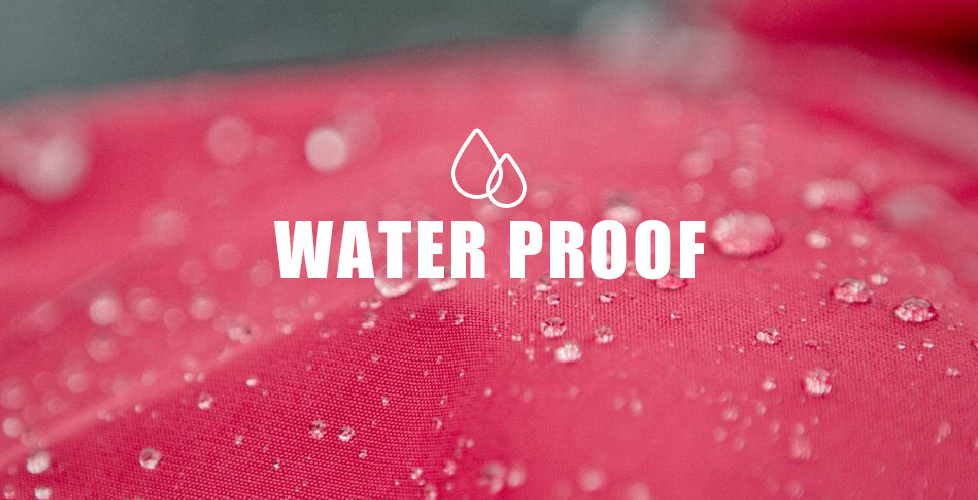
About waterproof function
When skiing, it is inevitable that your clothes will get wet with snow.
If the water from melting snow gets on your body, you will lose heat, which can be a fatal problem in snowy mountains.
Therefore, ski wear needs to have a strict waterproof function/water resistance.
Water resistance refers to the fact that water will not penetrate into the fabric even if it is held down from above (even if pressure is applied) with water droplets on the surface of the fabric.
This is indicated by "water pressure resistance. Water pressure resistance is a numerical value that indicates how much water pressure can be applied to one square centimeter without water seeping in.
It is said that the water pressure resistance of an umbrella is about 250mm, the pressure when a person weighing 75kg sits on a wet surface is about 2,000mm, and the pressure when kneeling on a wet surface is about 11,000mm.
Skiing is a sport that is played on wet snow, so it is necessary to have at least 10,000mm of water pressure resistance.
Water resistance is very important in skiing, so "water pressure resistance 10,000mm" should be one standard.
If you will be skiing off the slopes, such as in the mountains, you will probably need at least 20,000mm.
This number is the water pressure resistance of a new pair of shoes, so its function will be degraded by cleaning and friction during use.
Regular maintenance is recommended.
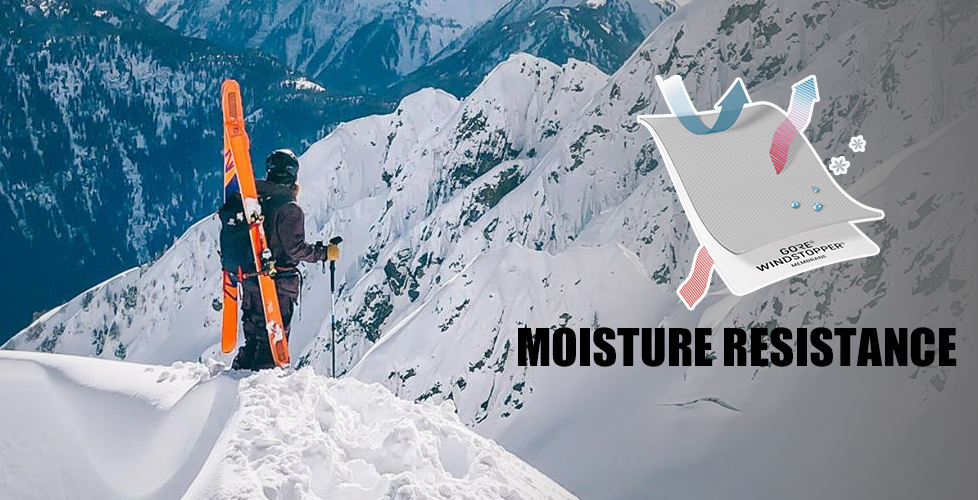
Importance of Permeability
To make the fabric waterproof, it needs to be treated with waterproofing.
There are two types of waterproofing: [non-breathable treatment] and [breathable treatment].
Non-breathable treatment is the most common type of waterproofing, which does not allow water or air to pass through.
It does not allow water or air to pass through, so when you wear it, the sweat inside the garment steams up and makes you feel uncomfortable.
Breathable processingeliminates this drawback.
The typical material for breathable processing is Gore-Tex (GORE-TEX), which does not allow water to pass through, but allows air to pass through easily.
This material does not allow water to pass through, but allows air to pass through easily, making the inside of the garment less stuffy.
This type of fabric is called "moisture permeable material".
Moisture permeability is expressed in units of [mg/m2/24h].
This is the standard for how many grams of moisture can be transmitted (let out) per square meter of fabric in 24 hours.
This number indicates how much perspiration in the form of vapor inside the clothes can be transmitted through the fabric (let out).
For example, if a fabric has a moisture permeability of 10,000, it is capable of transmitting (letting out) 10,000g (20kg) of water vapor per square meter in one day (24h).
The general rule of thumb for perspiration is about 50g per hour at rest, 500g for light exercise, and 1,000g for heavy exercise.
This is multiplied by 24 to get the moisture permeability, so the ideal moisture permeability is more than 24,000, which is enough to expel water vapor even during strenuous exercise.
As a rule of thumb, if the moisture permeability is 20,000, you won't have to worry about stuffiness even during strenuous exercise.
Most inexpensive ski wear has a breathability of about 1,000 to 2,000. Ski wears made of such materials do not exhibit [moisture permeability] to begin with.
You will sweat when you are skiing on the slopes, but if you can tolerate some steam, there is no big problem even if the breathability is low
The breathability of standard priced clothing is around 4,000 to 8,000, and this number is sufficient.
Some of the more advanced models of ski wear have breathability of over 20,000, but this is a bit over-specified.
Here are some famous breathable materials used in modern ski wear.
GORE-TEX is 45,000.
Toray's Delza Mix, used by Phoenix, Goldwyn and Descente, is 20,000.
Montbell's Drytech is 15,000 yen, and so on.
There are some breathable materials that do not disclose their values, but most of the high performance breathable materials seem to be above 10,000.
It is very easy to understand, but since breathable materials are expensive, ski wear with high breathability will be more expensive.
Waterproofing should not be compromised, but breathability is one of the points that should be compromised with your budget.
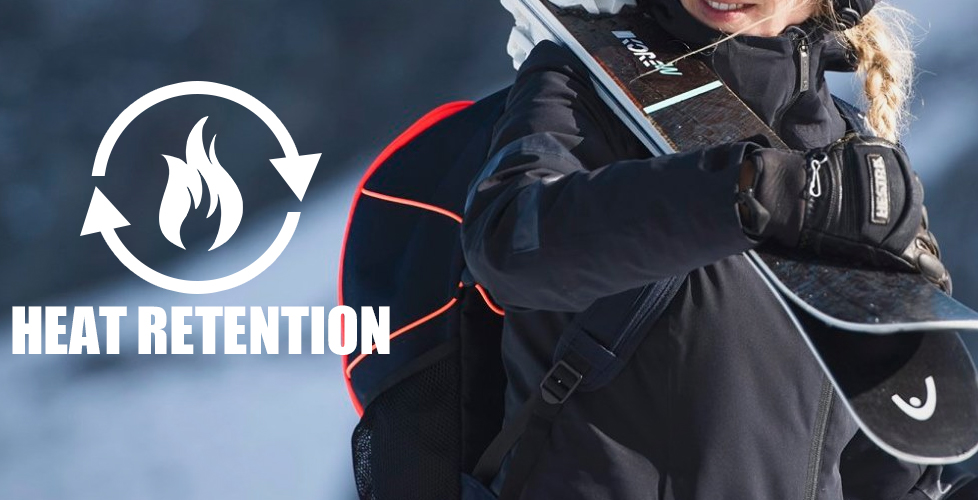
Importance of heat retention
Heat retention is also important in ski wear.
Heat retention is determined by the outer material, as well as the padding and lining.
However, there are no numbers that clearly show the heat retention of ski wear.
All ski wear appeals for its heat retention, but to be honest, it is impossible to know what level of heat retention is appropriate for the customer without trying it on.
One material that retains heat very well is down.
Feathers are very warm, but they also have the disadvantage that it is difficult to adjust the temperature.
It can be too hot for spring skiing, so it is not recommended for slope skiing.
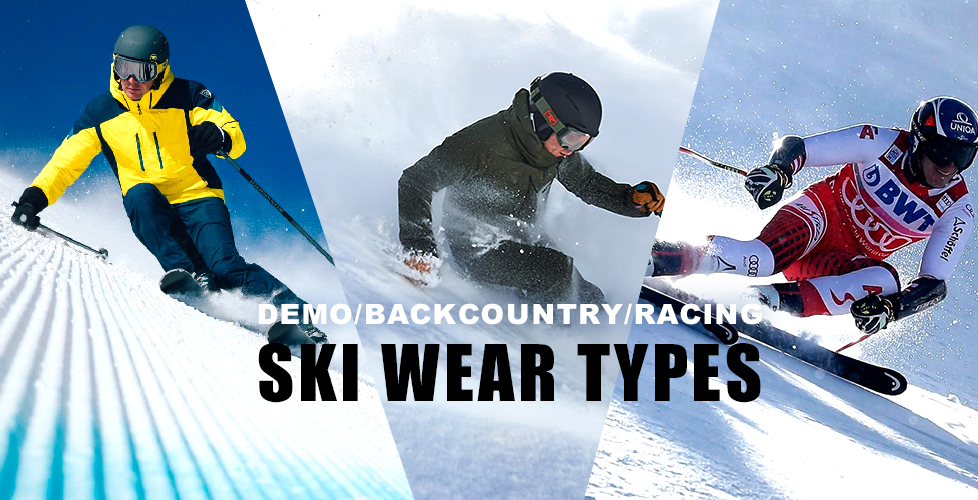
Ski Wear Types
Ski wear can be divided into 3 main types: "for demo and basic skiing," "for backcountry skiing," and "for racing.
For demo and basic skiing
Emphasis is placed on the beauty of the silhouette.
Although they are generally tight, many of them are highly elastic, so you can wear them in the right size and not lose your mobility.
The higher priced products also have higher heat retention, and the cuffs and pockets are well processed.
For backcountry skiing
Since they take off-slope skiing into consideration, they are more functional than those for demo and basic skiing.
Many models have high waterproofing and permeability, and the clothes themselves are light.
Since they do not retain heat well, temperature control is done with underwear.
For racing
Since ease of body movement is important, they are loosely made.
They are expensive and have excellent heat retention and stretching properties.
For general skiers, clothes for demo and basic skiing are suitable. They are reasonably priced and are also available in Co-ord.
If you are a beginner, you can start with a top and bottom set.

How to Choose the Right Color
When choosing ski wear, the thing that bothers you the most is probably the color.
When you go to a store, there are many pastel colors and flashy colors of clothing, and some people wonder, "Can I wear such flashy clothing? But ski wear is just like regular clothes.
However, ski wear should not be chosen as if it were regular clothes.
The reason is that in the all-white world of the slopes, you will have a different sense of color than in the city.
In a word, you should wear something flashy. If you are not comfortable with this, you can use a flashy color for either the jacket or pants.
In a pure white ski resort, such colors will look better.
Warm colors such as red, orange and yellow are recommended.
On the other hand, cold colors such as blue and black will look a little dark on cloudy days.
From a safety standpoint, cold colors also reduce visibility, making it difficult to search for people in case of a mishap, so flashy colored clothing (emergency colors) is better.
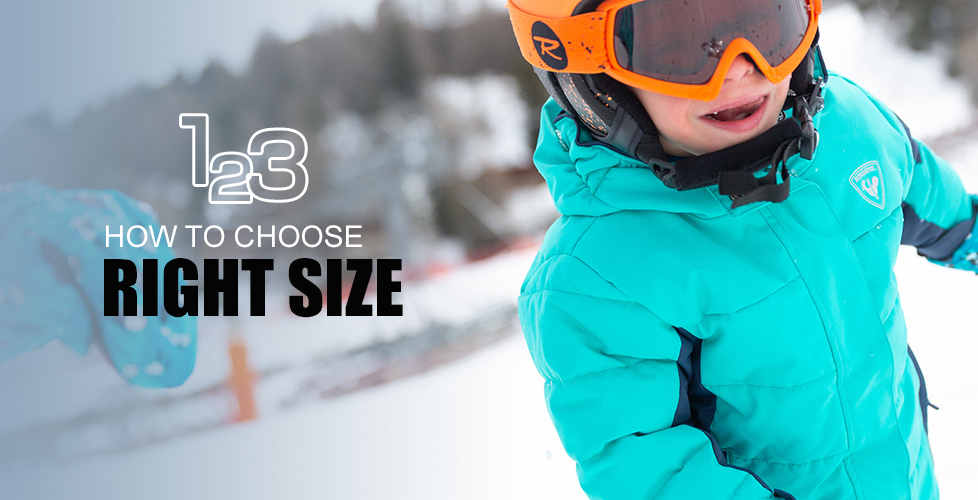
How to choose the right size
The way to choose the size of your ski wear is the same as your normal clothes.
If you wear your normal clothes in [size M], then ski wear in size M is fine.
If you wear fuzzy underwear, you can go up one size, but be sure to wear underwear and try it on.
If in doubt, you should choose a slightly larger size.
Skiing is a sport that requires a great deal of physical movement, so if your size is small, it will be difficult to move around your joints.
In particular, pay attention to the size of your pants.
Since you will be wearing ski boots on your feet, the length of the pants should match the boots.
If the hem is too short, it will be too short and the snow will get in.
When you try it on, it should be just right, maybe a little long.
The appropriate size is about the hem touching the ground or not.
Ski wear is often sold separately for the jacket and pants, but this is because many people have different sizes for the top and bottom.
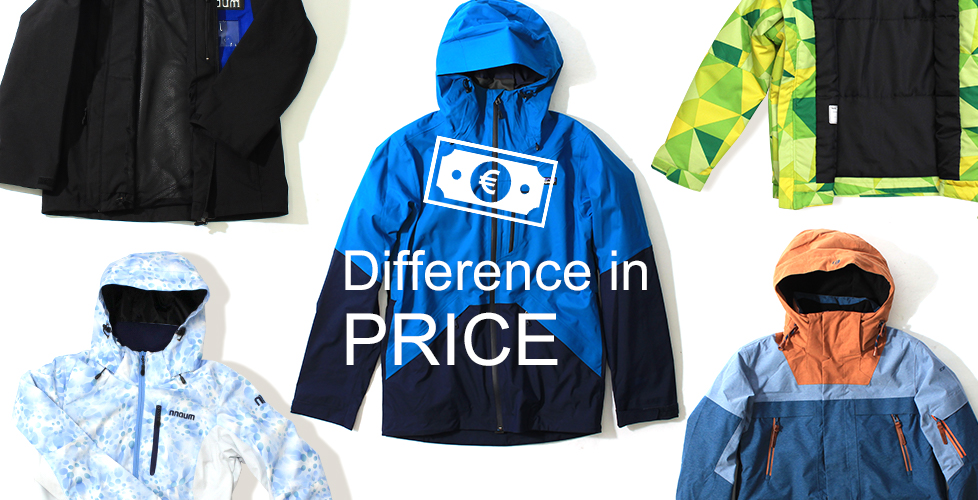
Difference in price
There is a wide range of prices for ski wear.
At general mass merchandisers such as home centers and mail-order sites, you can find upper and lower set suits for as little as 5,000JPY/$43.35.
If you go to a ski specialty store, you will not find such inexpensive clothing, but on the contrary, they sell high performance products with jackets alone costing about 50,000JPY/$453.51.
The difference in the price of ski wear depends on the waterproof performance, breathability, heat retention, stretching performance, and other details such as sewing and number of pockets.
There is never a big difference between cheap and expensive, and there is a clear difference between a $43.35 suit and a $453.51 jacket.
However, whether the difference in value is as great as the difference in price, you should prioritize what you are looking for.
If you are buying ski wear for the first time, I would recommend that you buy a branded top and bottom set for about 20,000JPY/$181.40 to 30,000JPY/$272.11 on the market.
A brand-name product of this price meets the basic performance requirements, and as long as you are skiing on slopes that are not too cold, there is little chance of shivering in the cold.
go to the slopes in Utah or Colorado, you will be fine as long as you use innerwear and middle layers.
However, inexpensive ski wear may not have good insulation performance, so if you are going to use it in severe winter or extremely cold areas, you should be careful to wear thicker inner layers.
Even if you spend 5,000JPY/$45.35 for a pair of ski clothes, you will feel better in your own clothes than in rented ones.
You can rent ski boards, but I recommend that you buy your own ski wear, even if it is inexpensive, and go skiing.
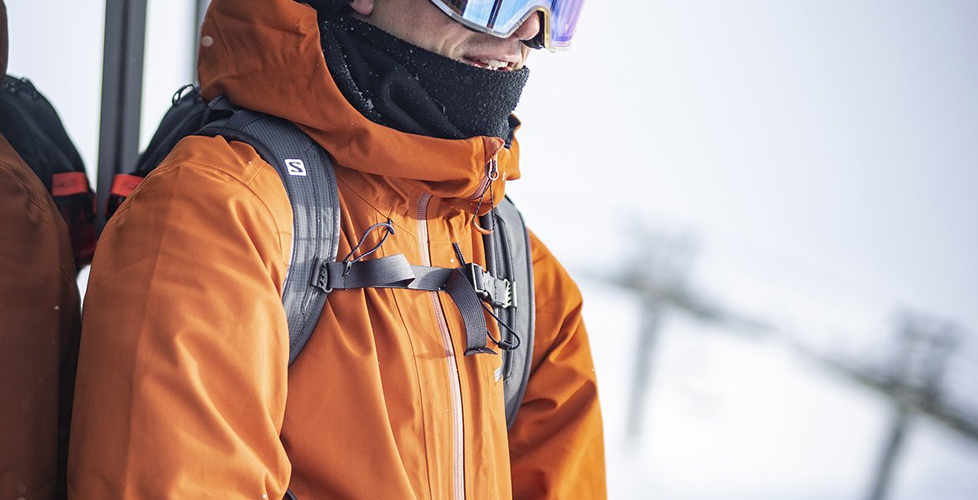
In this time, introduce how to choose ski wear, albeit briefly.
There are many ski wears with excellent functions, so in order to enjoy skiing comfortably and safely, please follow the above points and choose the ski wear that suits you best.
If you follow the points above, you can choose the right ski wear for yourself.


